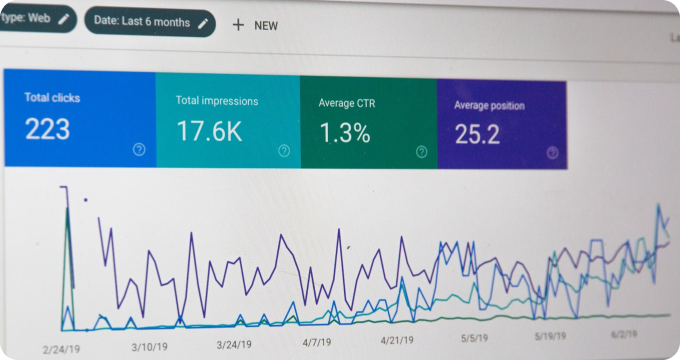How to Create a Budget for Your Smart Garage Installation Project
- January 26, 2024
- 2 minutes
The concept of the smart home has permeated the boundaries of living spaces and made its way into the garage. The smart garage, a relatively recent advent, is a marvel of technology's potential to make our lives safer, more efficient, and even more enjoyable. However, as thrilling as the prospect of a smart garage may be, the installation process comes with its own set of considerations – chief among them, budgeting. In this article, we delve into the intricacies of creating a budget for your smart garage installation project.
Planning is paramount in any project, and a thorough briefing is the equivalent of half the battle won. The process of budgeting calls for a full understanding of the detailed costs and projected timelines concerned, and the need for adaptability cannot be understated. Notably, the principles of the Cost-Time-Resource (CTR) triangle offer a principal guideline. This project management tool illustrates that any alteration in one vertex directly impacts the other two, a base theorem to keep in mind while budgeting.
To start with, you should identify the key components of your smart garage. Do you need a smart garage door that can be operated remotely, or does your setup call for an entire suite of smart devices such as smart lighting, smart locks, and a smart security system? Each addition escalates the cost, making the selection process critical to your budget.
The second step involves a deep dive into the minutiae of the products themselves. Different brands and models come with varying price tags and features. A comparative model of analysis, akin to the concept of “opportunity cost” from economics, can be beneficial here. The opportunity cost is the cost of the next best alternative foregone. In the case of a smart garage installation, this would mean comparing different brands and models based on their features and prices, and determining which offers the best value for money.
The installation itself is a cost factor that cannot be overlooked. Some smart garage systems are simple enough for a DIY approach, which could save installation costs. However, the more complex systems will necessitate the services of a professional installer. Their cost will depend on factors such as their level of expertise, the complexity of the installation, and the prevailing market rates.
Contingency planning is another crucial aspect of budgeting. Much like in the field of statistics where the 95% confidence interval is employed to make anticipative assertions about a population based on a sample, a similar approach can be applied to the budget planning for your smart garage installation project. To explain, a certain percentage (generally 10% to 20%) should be added to the total budget to cater to any unexpected costs.
Finally, the budget should also account for the running costs associated with your smart garage. Energy consumption, the cost of any subscription services necessary for your smart devices, and the costs of routine maintenance and repairs all need to be included in your budget.
In conclusion, proper budgeting for your smart garage installation project requires a meticulous understanding of the different cost factors involved. It is an intricate procedure of selecting the right products, comparing them, considering installation costs, and providing for unforeseen expenses. Much like a game of chess, each move needs to be calculated and strategic. It is a delicate balance of cost, time, and resources, and proper management of these three vertices, as indicated by the CTR triangle, is the difference between a successful project and a financial debacle.
Learn More
Unlock the full potential of your garage by diving deeper into our enlightening blog posts about smart garage installers. For an unbiased, comprehensive view, the reader is encouraged to explore our meticulously curated rankings of the Best Smart Garage Installers in Washington.
Popular Posts
-
 Smart Garage Installers Industry Report: Unveiling Key Findings and Crucial Insights
Smart Garage Installers Industry Report: Unveiling Key Findings and Crucial Insights
-
 How to Create a Budget for Your Smart Garage Installation Project
How to Create a Budget for Your Smart Garage Installation Project
-
 4 Things I Wish I'd Known About Smart Garage Installers Before Hiring One
4 Things I Wish I'd Known About Smart Garage Installers Before Hiring One
-
 10 Essential Questions to Ask Your Smart Garage Installer Before Installation
10 Essential Questions to Ask Your Smart Garage Installer Before Installation
-
 Ask These Questions to a Smart Garage Installer to Choose the Right One for You
Ask These Questions to a Smart Garage Installer to Choose the Right One for You






